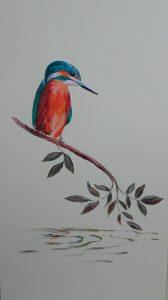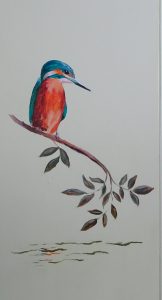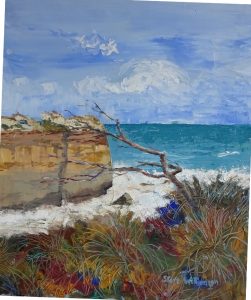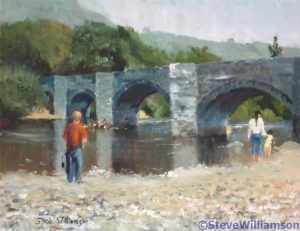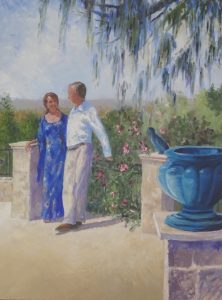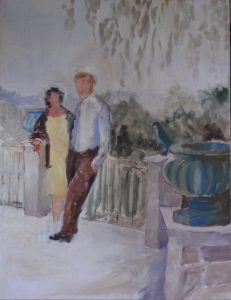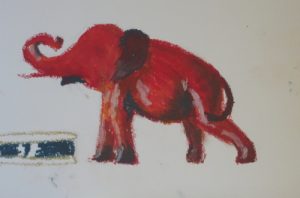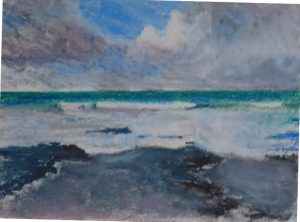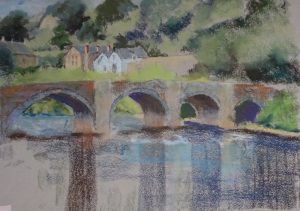 You will remember I found this unfinished painting when tidying the studio. It seemed like a good start, more dreamy that the oil I did for the book, more softly coloured. However it is practically impossible, even in pastel where exactly the same colours and tones are to hand, to recall the prevailing mood of myself and my audience – this was a demonstration – and, in addition, I have acquired new pastels and been through uncertain times painting-wise.
You will remember I found this unfinished painting when tidying the studio. It seemed like a good start, more dreamy that the oil I did for the book, more softly coloured. However it is practically impossible, even in pastel where exactly the same colours and tones are to hand, to recall the prevailing mood of myself and my audience – this was a demonstration – and, in addition, I have acquired new pastels and been through uncertain times painting-wise.
This is how I continued.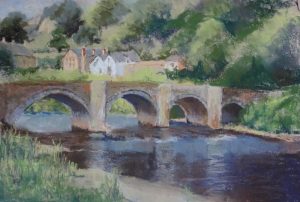 I breezed along forming the right hand trees, inserting the nearside bank, titivating the bridge, having fun. When I sat back to look, I was thoroughly displeased with myself. It’s not clear from this photo but the new trees almost sock you in the eye, the greens are so different and far too bright; the river looks like a canal; and I am decidedly unhappy about the grasses on the near bank. They look like sausage fingers, despairingly climbing high to gain authenticity. I seem to have used the same technique for ages and it’s time I found a new one.
I breezed along forming the right hand trees, inserting the nearside bank, titivating the bridge, having fun. When I sat back to look, I was thoroughly displeased with myself. It’s not clear from this photo but the new trees almost sock you in the eye, the greens are so different and far too bright; the river looks like a canal; and I am decidedly unhappy about the grasses on the near bank. They look like sausage fingers, despairingly climbing high to gain authenticity. I seem to have used the same technique for ages and it’s time I found a new one.
I took a serious brush to the recalcitrant parts and removed the lot. It’s not an improvement but it did wonders for my frustration.
Now I tried matching the colours and tones I had originally used for the trees, and am thinking about grass.

